The dragon is the main image of the festival.
Located in the northwest of China, the ancient city of Xi'an, Shaanxi Province has long been famous for its 2,000-year-old Terracotta Army, a tourist attraction that attracts visitors from all over the world.
But this month, all eyes are on another historic site – the Xi'an City Wall, said to be one of the most impressive surviving traditional defense systems in the world and one of the only complete ancient city walls left in China.
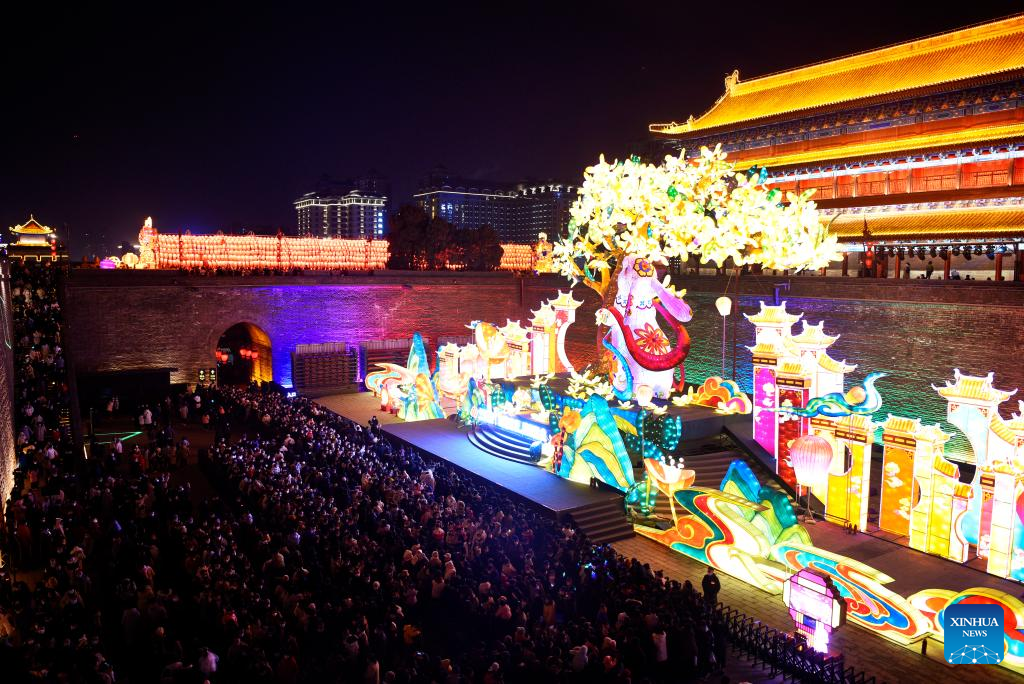
People gathered in front of the ancient city wall of Xi'an to admire this year's Lantern Festival - Photo: Xinhua
The 13-kilometer-long, 12-meter-high and 5-meter-wide fortress currently hosts an annual light show as part of the Lunar New Year/Spring Festival celebrations.
Thousands of bright lights and lanterns transform the giant wall that winds around the ancient center of Xi'an. Inside the fortress are traces of what was once the capital of several Chinese dynasties.
This is the Year of the Dragon, so dragons are the dominant image among the 20 lanterns on display. Among these works, the most impressive is the 18-meter-tall dragon lantern that seems to roar, its piercing blue eyes and red-scaled dragon body hovering above the illuminated clouds.
Other themed displays highlight the city's history, landscapes and children's folk tales. Cultural performances and other activities will also take place at the wall as part of the festival.
52 days of brilliance with lanterns
Lanterns are such an important part of the Lunar New Year celebrations that they even have their own holiday: the Lantern Festival, which takes place on the 15th day of the first lunar month every year. And this year, it falls on February 24th on the Gregorian calendar.
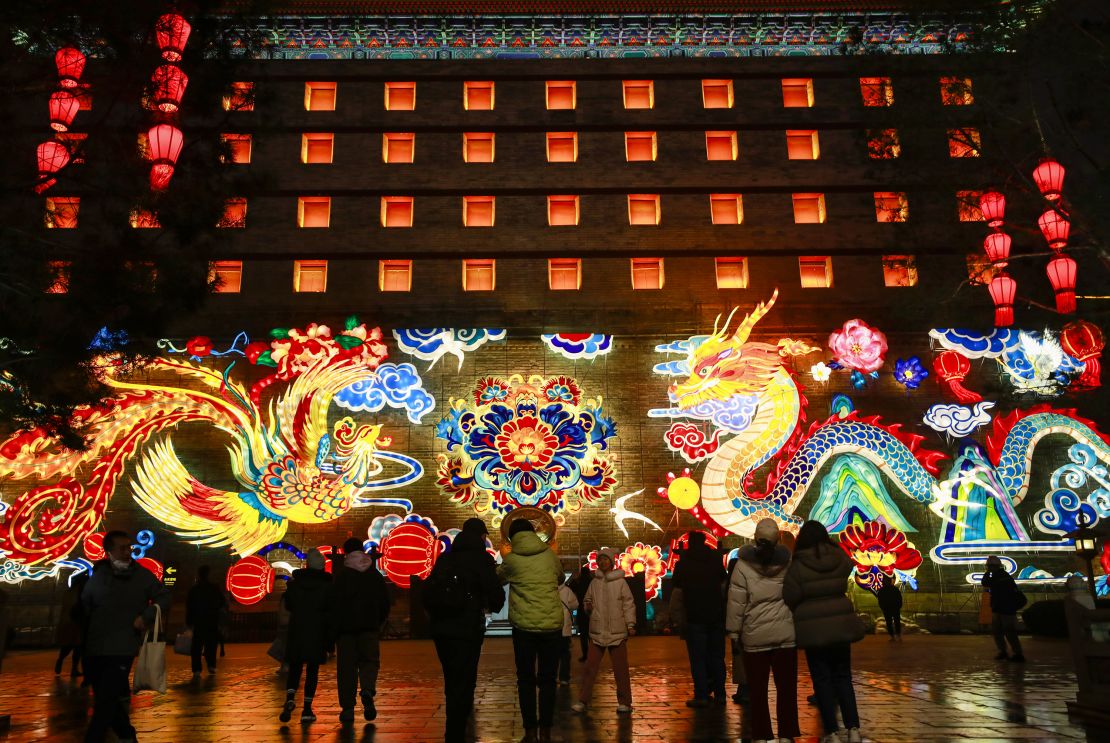
This year's Xi'an Lantern Festival begins on February 2 - Photo: CNN
Called the Yuanxiao Festival – “yuan” meaning first and “tieu” meaning night – the festival is held to honor the first full moon night of the year, marking the end of winter and the beginning of spring as the Lunar New Year celebrations conclude.
Although the Lantern Festival officially lasts for one day, impressive displays are set up across China that often last for weeks.
In Xi’an, this year’s lantern show kicked off on February 2 and will last for 52 days. The festival is a time for friends and family to come together to view paper lanterns, laugh at witty riddles attached to the lanterns, and hang out—sometimes in the hope of finding love.
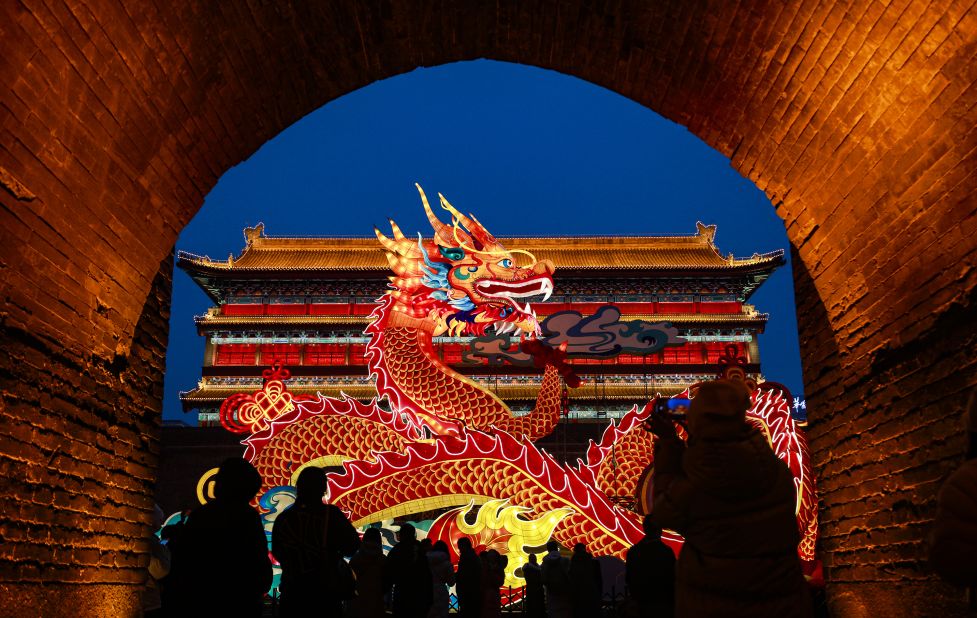
The Year of the Dragon means dragons appear everywhere during the Lantern Festival - Photo: CNN
Historically, the Lantern Festival was one of the few days of the year when unmarried men and women could meet, gathering under rows of lanterns. That is why some people even call it the Chinese Valentine's Day.
This tradition originated and became popular during the Han Dynasty, about 2,000 years ago. And in Xi'an, the former capital of the Han Dynasty, the spirit of a Valentine's Day is even more intertwined with the Lantern Festival and its colorful lanterns.
Xi'an City Wall, an attractive destination
When not ablaze with lanterns, the Xi'an City Wall offers locals and tourists a relaxing space to cycle or stroll in the breeze while taking in panoramic views.
Built during the Ming Dynasty, with its elaborate drawbridges, towers and moats, the wall was once one of the most impressive military defense systems in the world.
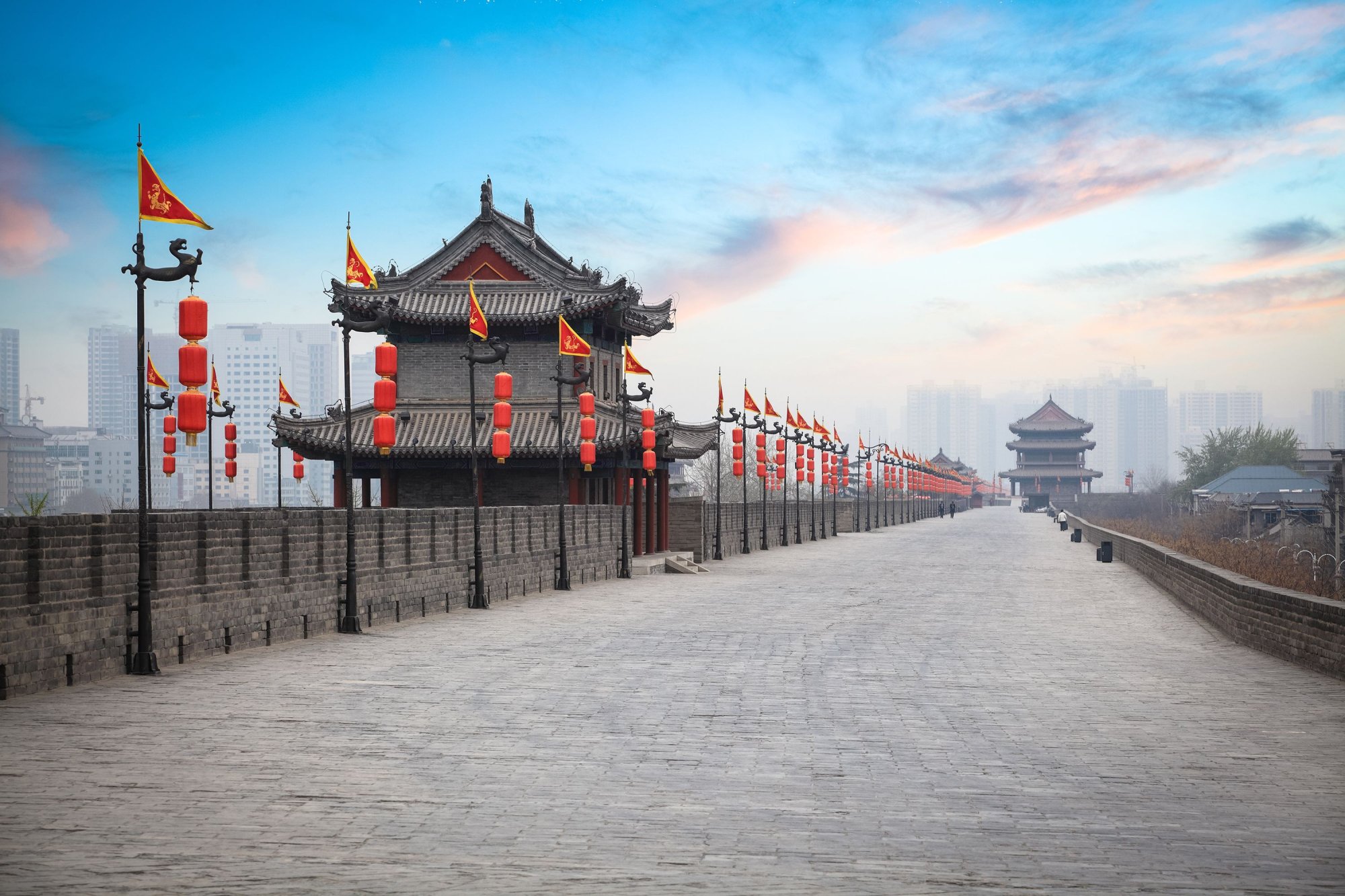
The ancient city wall is a link between Xi'an's past and present, and the top of the wall is also a favorite place for tourists to jog in the morning - Photo: CNN
The wall protected one of the four ancient capitals of China and was also the starting point of the Silk Road. Anciently known as Chang'an, the city was where Chinese merchants gathered their goods and silk to begin the long journey across the deserts and steppes of Central Asia to the Middle East and even as far as Rome.
Today, the ancient wall of Trang An stands between modern Xi'an and the ancient city center, serving as a link between the past and present of this metropolis of 13 million people.
And it is also a magnet for international visitors. Many of the world's top celebrities love this place. Facebook founder Mark Zuckerberg is said to have enjoyed a morning jog on top of the wall during a trip to Xi'an in 2015.
A year earlier, in 2014, then-US First Lady Michelle Obama also jumped rope and danced on top of the wall when she visited Xi'an.
Quang Anh
Source








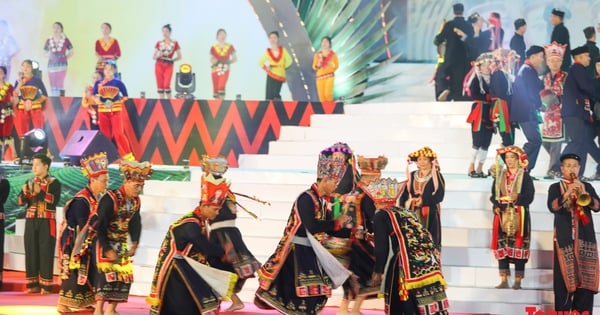






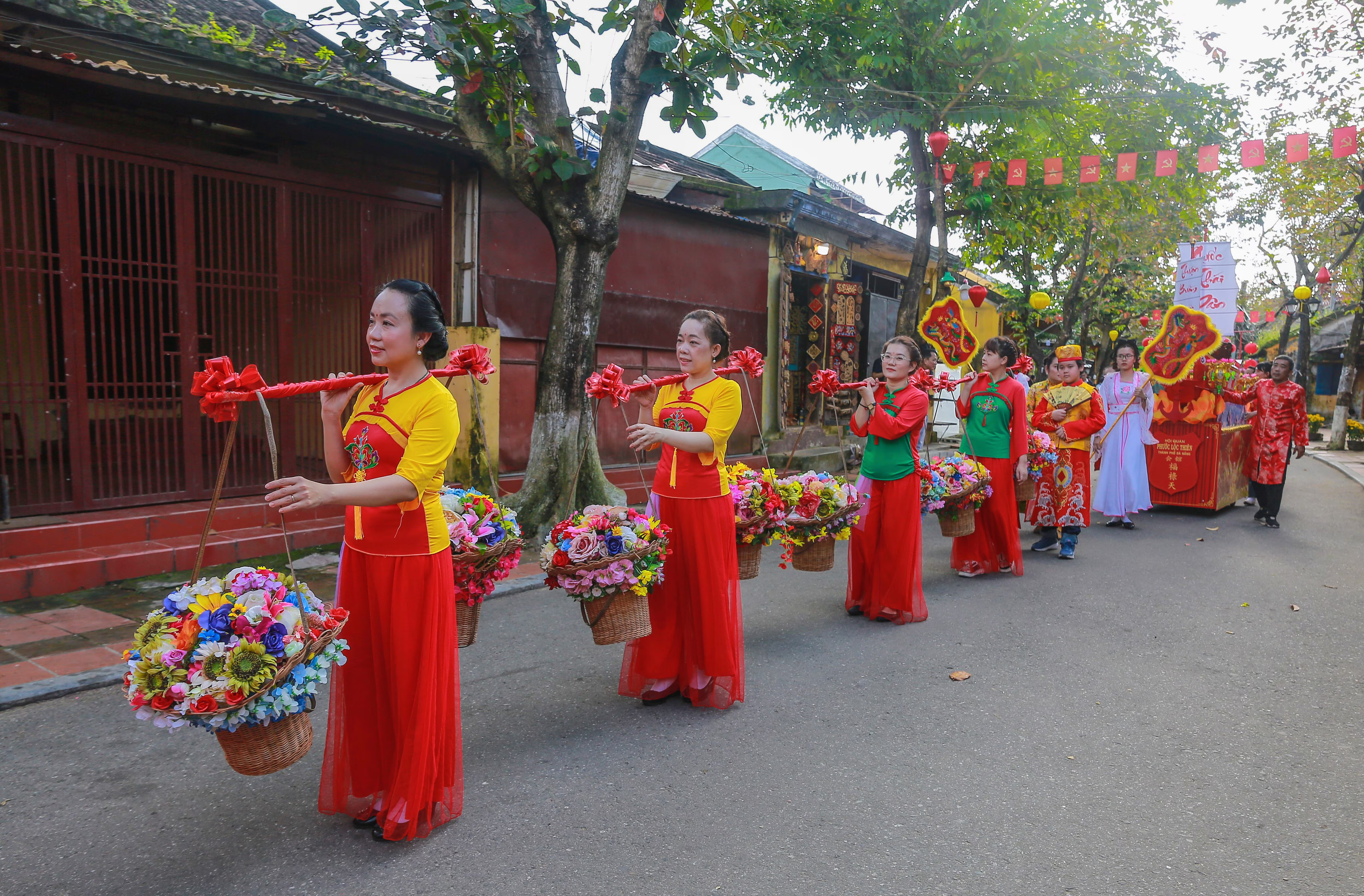

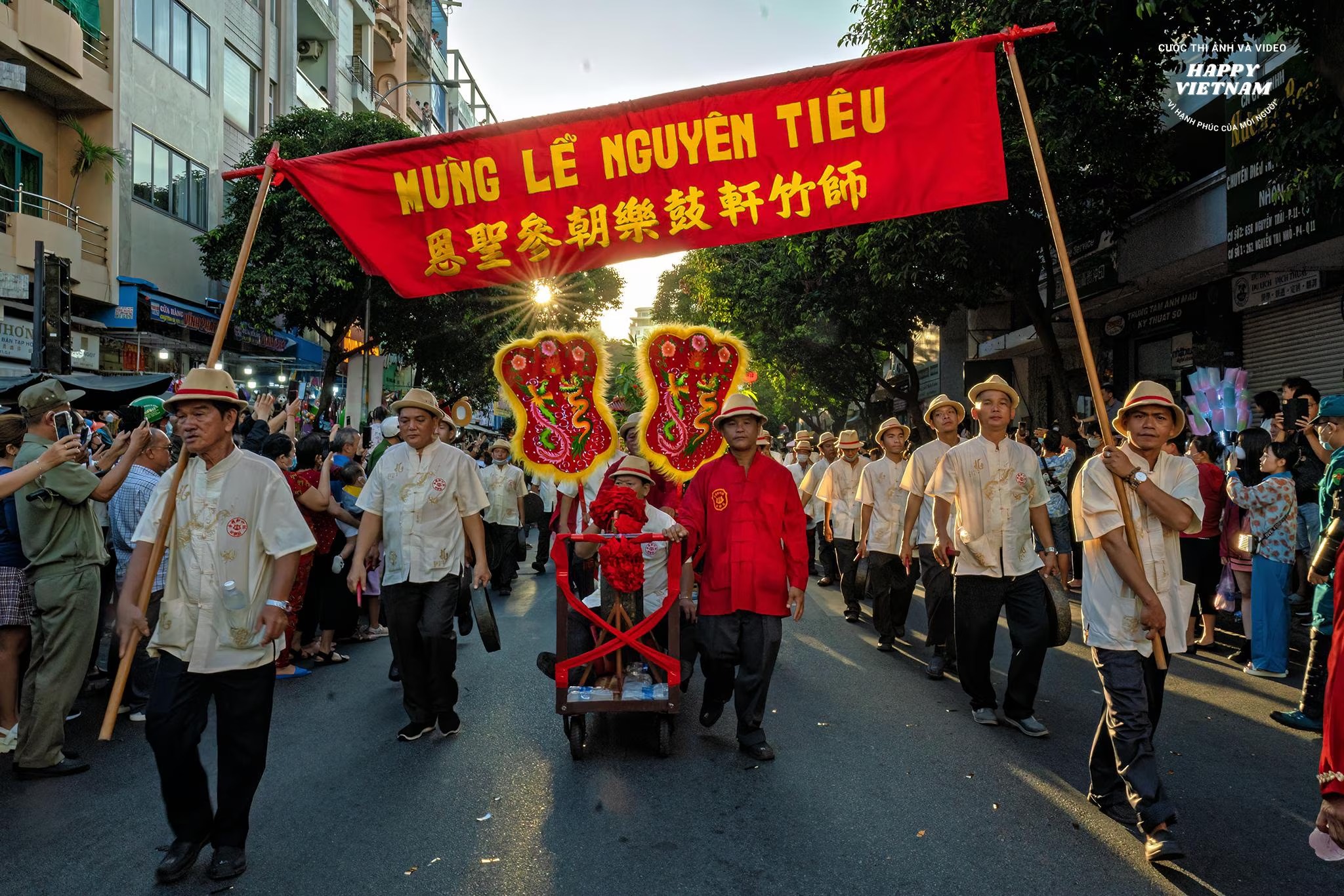


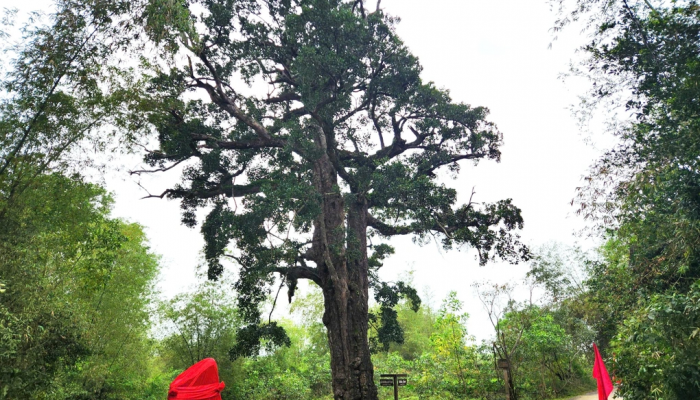








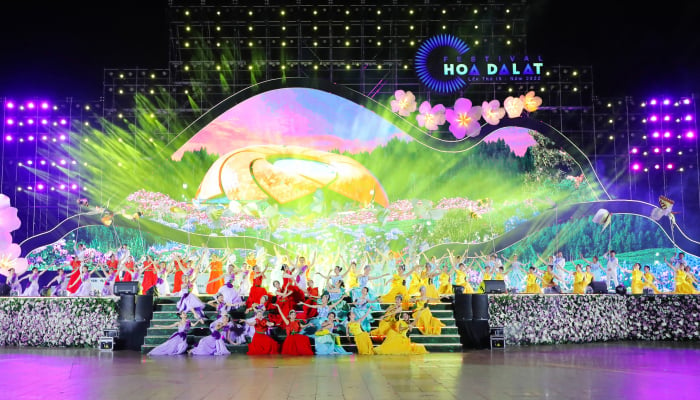


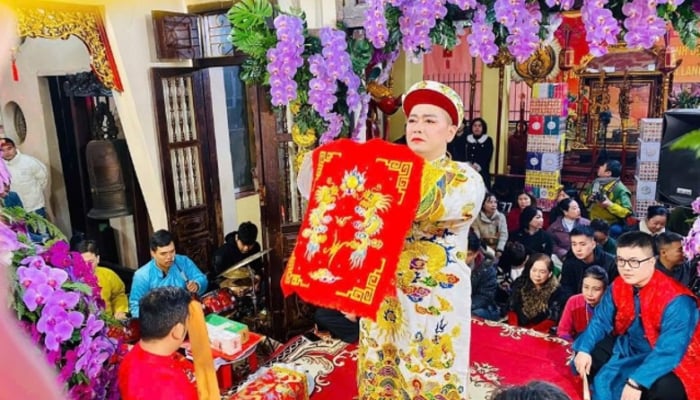










Comment (0)